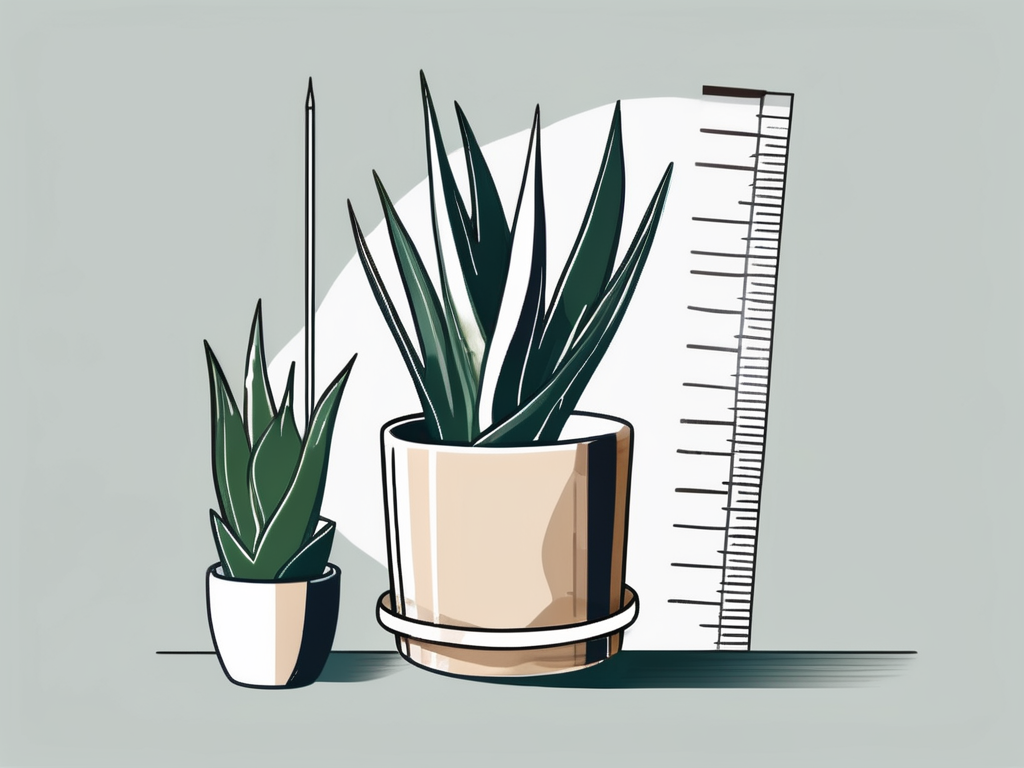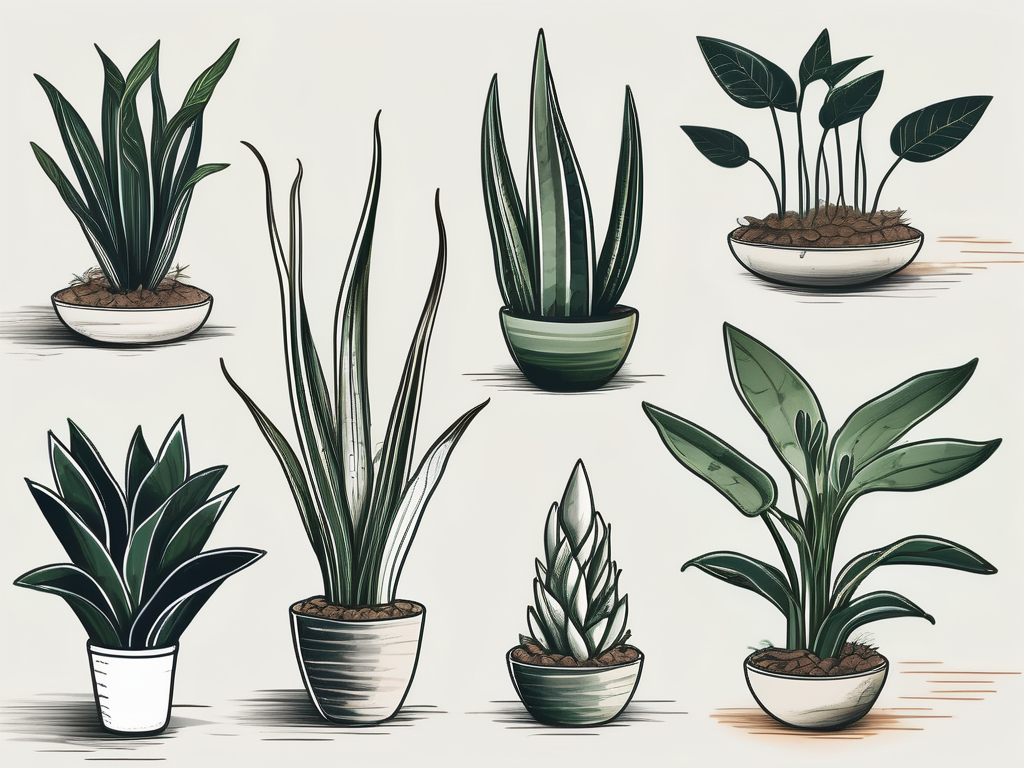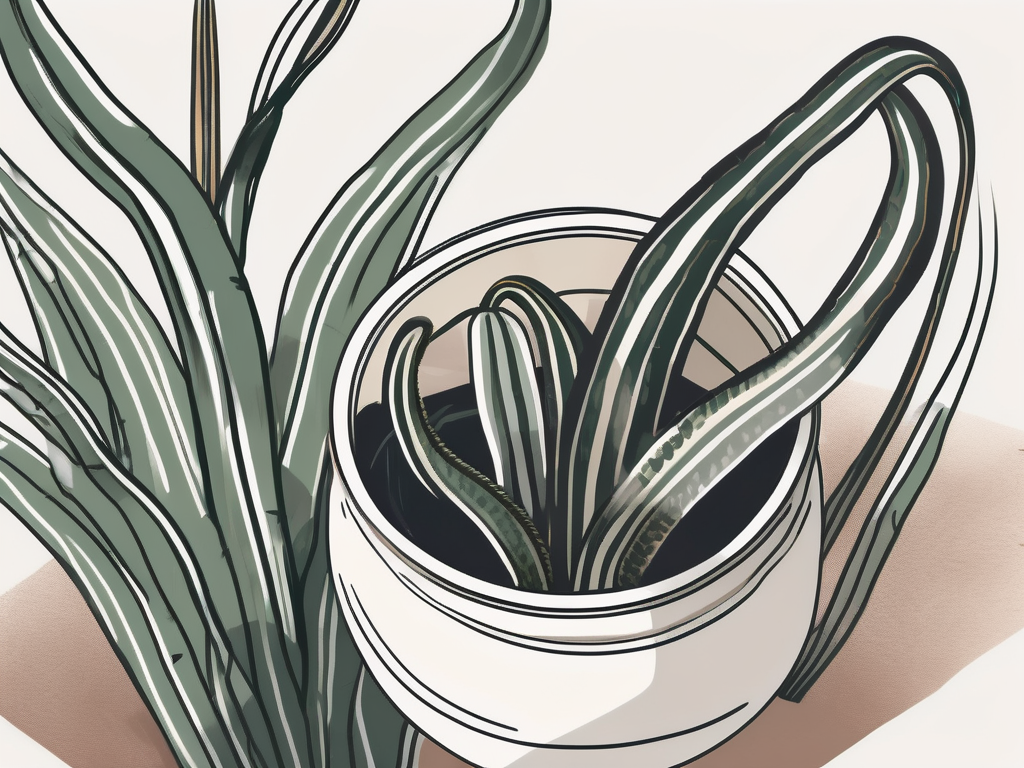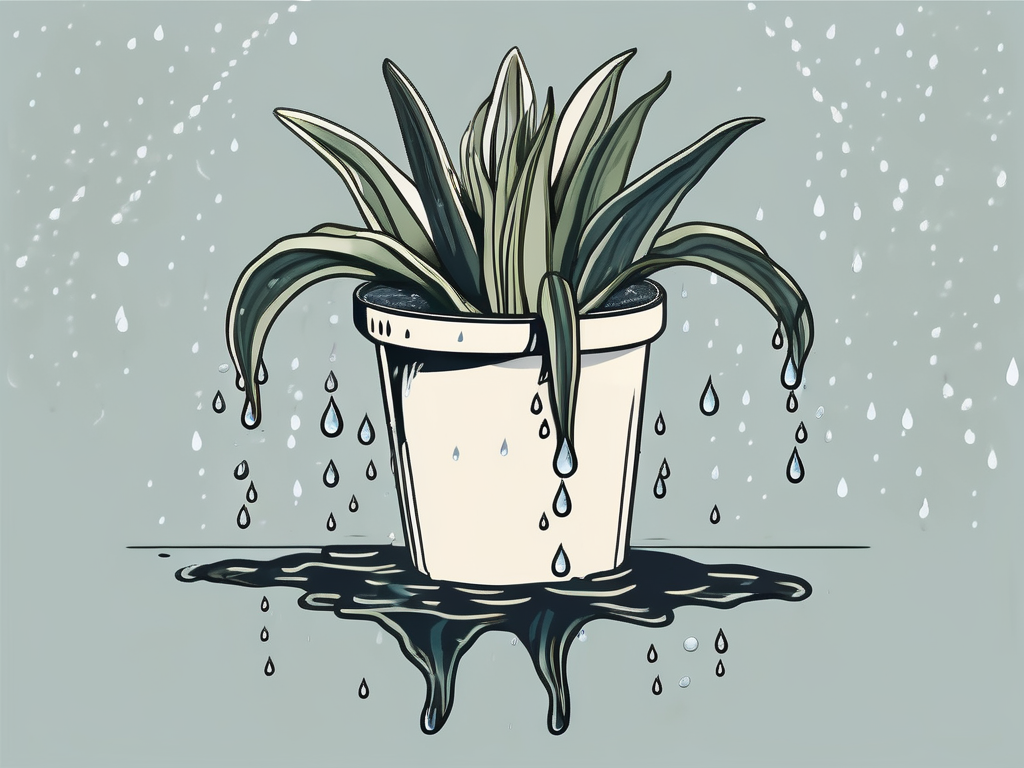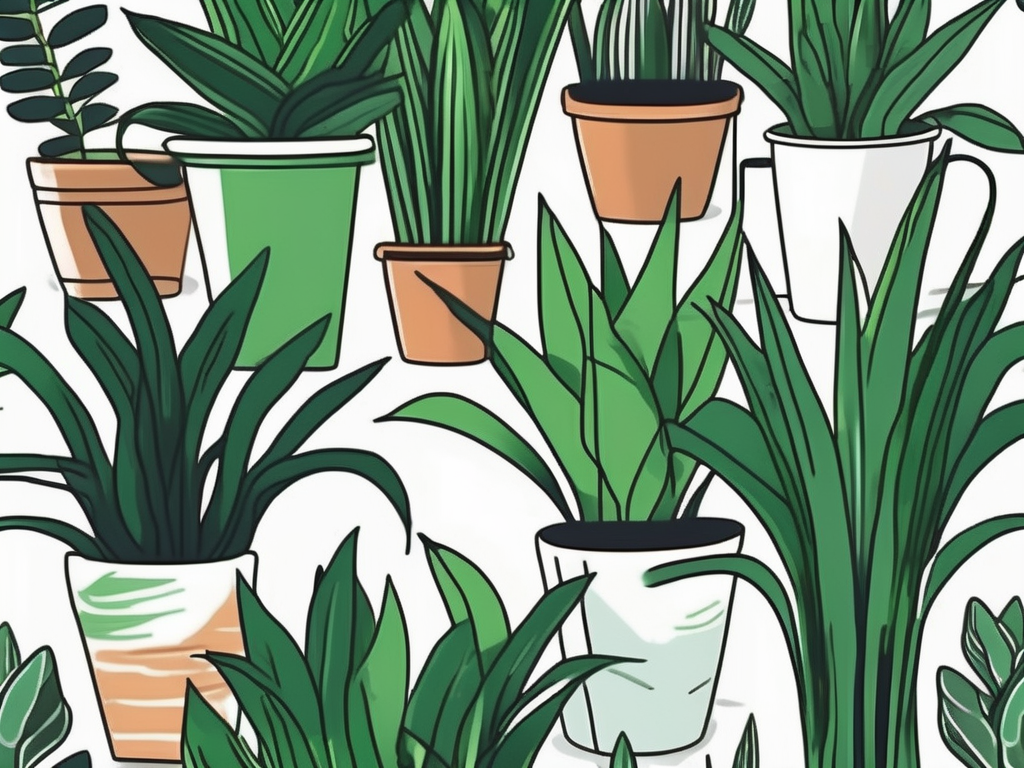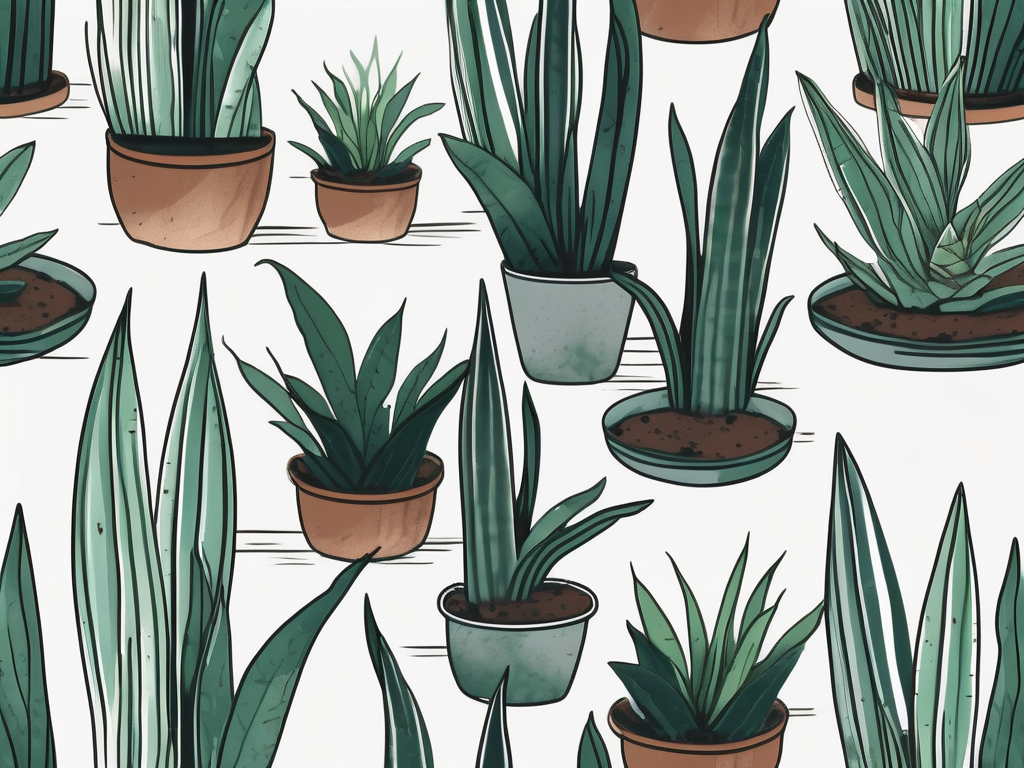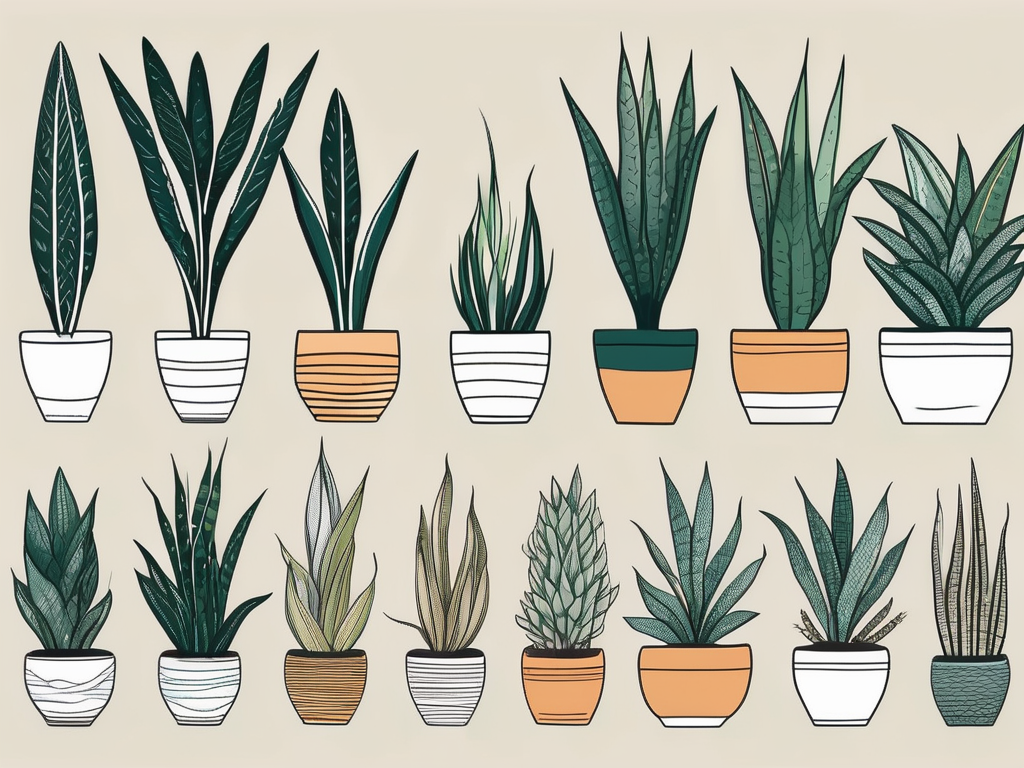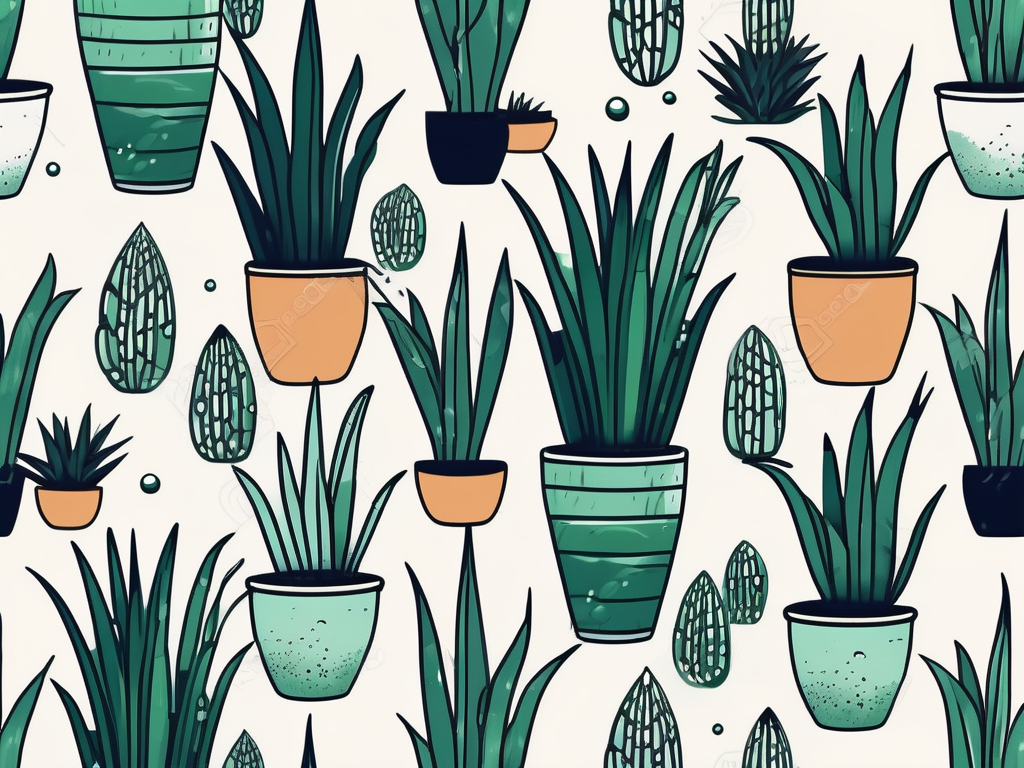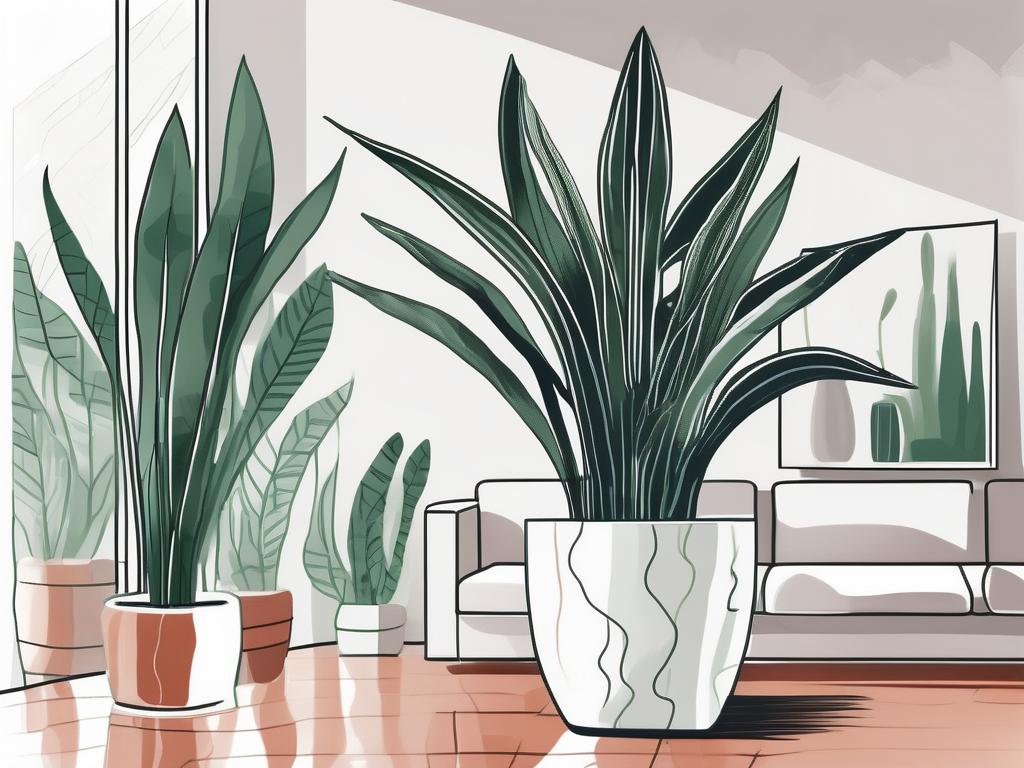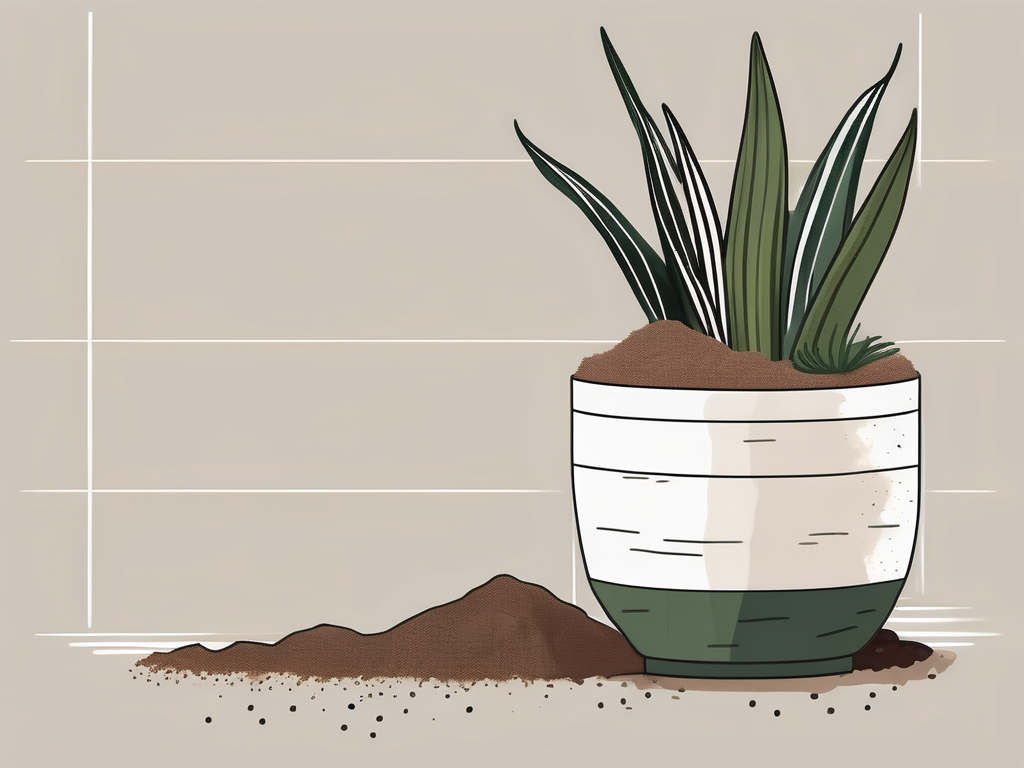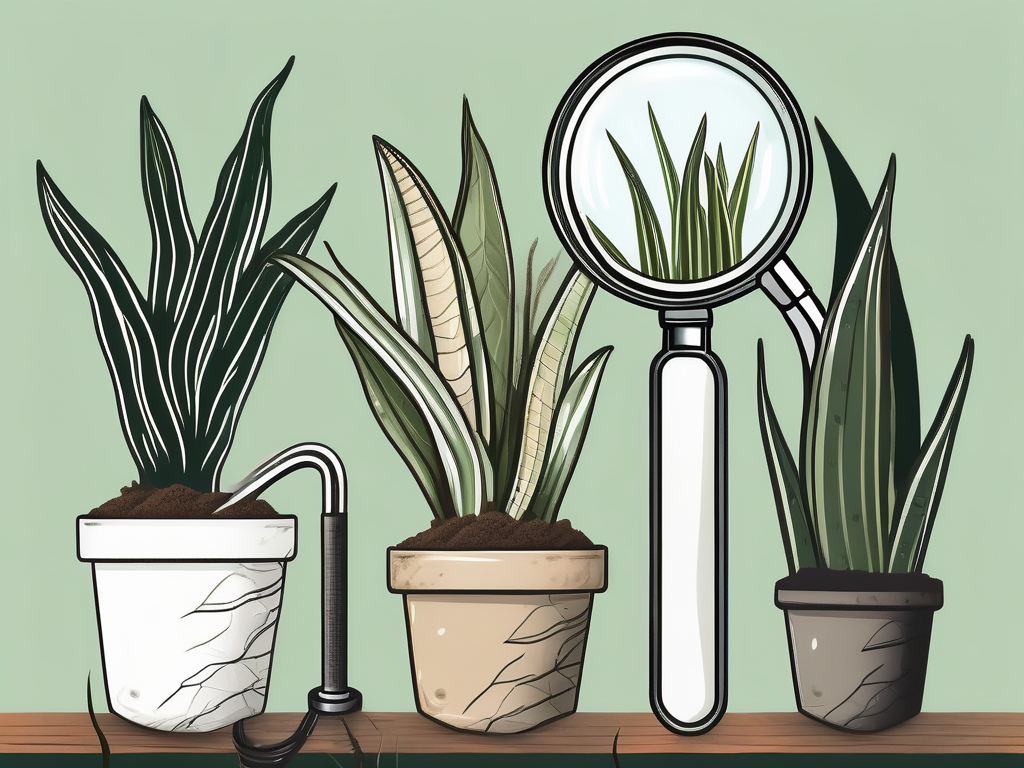
Snake plants, known for their striking foliage and air-purifying qualities, are a popular choice among plant lovers. But did you know that the soil you choose can make all the difference in keeping your snake plant healthy and thriving? If you've ever wondered about the best soil for your snake plant, you're in the right place.
In this article, we'll chat about everything you need to know to pick the perfect soil for your snake plant. We'll cover what makes snake plants unique, the importance of drainage, the role of soil components, and even how to create your own snake plant soil mix. Let's get into it!
Understanding the Needs of Snake Plants
Snake plants, or Sansevieria, are tough cookies in the plant world. They hail from West Africa, where they grow in dry, rocky soil. These plants have adapted to thrive in low-water environments, so they don't need frequent watering. This means the soil you choose needs to support this drought-tolerant nature.
What sets snake plants apart is their rhizomes—underground stems that store water. These rhizomes need well-aerated soil to prevent rot. When picking soil, think about the plant's natural habitat and aim to replicate it. A soil mix that drains quickly and doesn't retain excess moisture is your snake plant's best friend.
Snake plants also prefer slightly acidic to neutral soil with a pH between 5.5 and 7.5. While this might sound a bit science-y, don't worry—most potting mixes already fall within this range. The key takeaway is finding a balance between moisture retention and drainage.
The Role of Drainage in Snake Plant Soil
Drainage is crucial for snake plants. Imagine wearing wet socks all day—uncomfortable, right? That's how your snake plant feels if its roots are sitting in soggy soil. Poor drainage can lead to root rot, a plant parent's worst nightmare.
So, how do you ensure your soil drains well? Start by choosing a pot with drainage holes. This allows excess water to escape, preventing waterlogged soil. Next, consider the soil composition. A mix with larger particles facilitates airflow and water movement, keeping roots happy.
- Perlite: This volcanic glass is a lightweight addition that improves drainage and aeration.
- Pumice: Similar to perlite, pumice is a natural, porous material that enhances drainage.
- Coarse sand: Unlike fine sand, coarse sand helps with water drainage without compacting the soil.
Incorporating these elements into your soil mix gives your snake plant room to breathe, literally! Remember, a well-draining soil is key to avoiding overwatering issues.
The Importance of Organic Matter
While drainage is critical, your snake plant also needs nutrients to thrive. Organic matter in the soil provides these essential nutrients and helps retain some moisture without becoming soggy. Think of it as the plant's buffet table, offering a variety of nutrients for growth.
Common organic components include:
- Coco coir: Made from coconut husks, this sustainable material holds water well but still allows for aeration.
- Peat moss: A popular choice for moisture retention, but consider using alternatives due to environmental concerns with peat harvesting.
- Pine bark: This material adds structure to the soil and breaks down slowly, providing a steady nutrient source.
Mixing organic matter with your drainage materials creates a balanced soil environment. It's like giving your plant a cozy home where it can soak up nutrients without getting bogged down by too much water.
Creating Your Own Snake Plant Soil Mix
Feeling adventurous? Making your own soil mix is easier than you might think and allows you to tailor it to your snake plant's needs. Here's a simple recipe to get you started:
- 2 parts potting soil: Provides a base with nutrients.
- 1 part perlite or pumice: Enhances drainage and aeration.
- 1 part coarse sand or pine bark: Further improves drainage and adds structure.
Mix these ingredients thoroughly to ensure an even distribution. Adjust the proportions if you find your mix is holding too much or too little water. Remember, the goal is a well-draining soil that still retains some moisture for your snake plant's roots.
If you'd rather not make your own mix, look for commercial cactus or succulent soil blends. These are often well-suited for snake plants due to their emphasis on drainage. However, check the ingredients to ensure they're up to your standards.
Potting and Repotting Your Snake Plant
Now that you've got the perfect soil, let's talk about potting and repotting. Snake plants are slow growers and don't need frequent repotting. Typically, every 2-3 years is sufficient, or when you notice roots growing out of the drainage holes.
When repotting, choose a pot that's only slightly larger than the current one. This prevents excess soil, which can retain too much moisture. Here's a step-by-step guide for repotting:
- Gently remove the snake plant from its current pot, loosening the soil around the roots.
- Inspect the roots and trim any that are damaged or rotting.
- Place the plant in the new pot, adding your soil mix around it.
- Press the soil gently to eliminate air pockets, but don't compact it too much.
- Water the plant lightly, ensuring the soil settles around the roots.
Repotting is a great time to check your snake plant's health and give it a fresh start with new soil. Plus, it allows you to adjust the soil composition if necessary, ensuring optimal conditions for growth.
Dealing with Common Soil-Related Issues
Even with perfect soil, issues can arise. Here are some common problems and solutions:
- Overwatering: If your plant shows signs of overwatering (yellowing leaves, mushy stems), let the soil dry out completely before watering again. Consider repotting with a more porous soil mix.
- Underwatering: Dry, crispy leaves might indicate underwatering. Increase watering frequency, but ensure the soil drains well.
- Pests: Fungus gnats are attracted to moist soil. Allow the top layer to dry out and consider adding a layer of sand or diatomaceous earth to deter them.
By keeping an eye on your plant's condition and adjusting your care routine, you can mitigate these issues and keep your snake plant thriving.
Choosing the Right Pot for Your Soil
The type of pot you use plays a significant role in soil performance. While plastic pots are lightweight and affordable, terracotta pots are a great choice for snake plants. Terracotta is porous, allowing excess moisture to evaporate, which helps prevent root rot.
When choosing a pot, consider:
- Size: The pot should be slightly larger than the root ball to prevent excess soil retention.
- Material: Terracotta or ceramic pots are ideal for moisture regulation.
- Drainage: Ensure the pot has drainage holes to allow excess water to escape.
Matching the right pot with your soil mix creates an ideal environment for your snake plant, allowing it to breathe and grow without complications.
Maintaining Healthy Soil Over Time
So, you've got the right soil and pot—what's next? Maintaining healthy soil is an ongoing task. Over time, soil can compact, losing its structure and drainage capabilities. Here's how to keep your soil in top shape:
- Loosen the soil: Use a fork or chopstick to gently aerate the top layer, preventing compaction.
- Top up organic matter: Add a thin layer of compost or worm castings to replenish nutrients.
- Check for pests: Regularly inspect the soil for signs of pests and take action if needed.
By giving your soil a little TLC, you'll ensure your snake plant has the best environment to thrive for years to come.
Final Thoughts
Choosing the best soil for your snake plant involves understanding its needs for drainage, aeration, and nutrients. By selecting the right soil components and maintaining healthy soil conditions, you can keep your snake plant looking its best.
Here at Cafe Planta, we're passionate about helping you care for your plants. Whether you're browsing our selection of unique houseplants or seeking advice, we're here for you. Feel free to email us or send us a DM on Instagram. Let's grow together!















